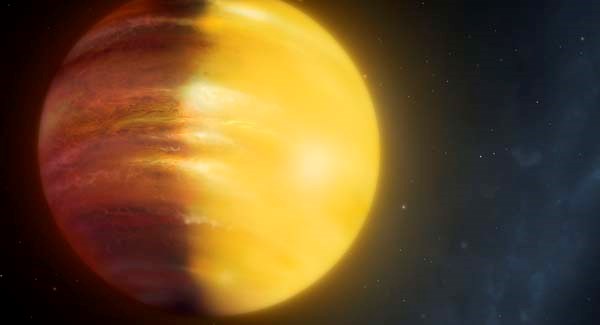
A new study has revealed that the clouds of exoplanet HAT-P-7b are made up of vaporised form of rock-forming mineral called corundum, which forms gems like sapphire and ruby. The study by University of Warwick has revealed the first ever weather report of an extrasolar planet.
HAT-P-7b is located 1,040 light-years away and is 16 times larger than Earth. It orbits a star which is twice as big as the Sun. The researchers have also observed strong winds blowing through HAT-P-7b.
The lead author of the research, David Armstrong, and his colleagues from the university's Astrophysics Group used the data accumulated by NASA's Kepler space telescope. They analysed the clouds around the exoplanet.
This is the first research in which the weather of a planet belonging to another solar system was observed.
HAT-P-7b was discovered in 2008 and its proximity to its star was found to be so close that it completed its orbit within a span of two days. The temperature of this planet's surface, which faced the Sun, was found to be 3,500 degrees Fahrenheit (approx. 1,926.7 degrees Celsius)
"We expect clouds to form on the cold night side of the planet, but they would evaporate quickly on the hot day side," Armstrong was quoted as saying by Breaking News from Ireland.
"These results show that strong winds circle the planet, transporting clouds from the night side to the day side. The winds change speed dramatically, leading to huge cloud formations building up then dying away. This is the first detection of weather on a gas giant planet outside the solar system," he added.
The atmosphere of this planet was closely studied by the researchers who detected a shining point which shifted. The researchers concluded that the shift took place because of erratic swift winds which drove the clouds to other parts across the planet.
Armstrong explained that the clouds were formulated by at least a bit of the rock-forming mineral called corundum which creates rubies and sapphires.
"When we say clouds, they're definitely not clouds like on the Earth," Armstrong said. The minerals in the clouds vaporise due to high surface temperatures.

















